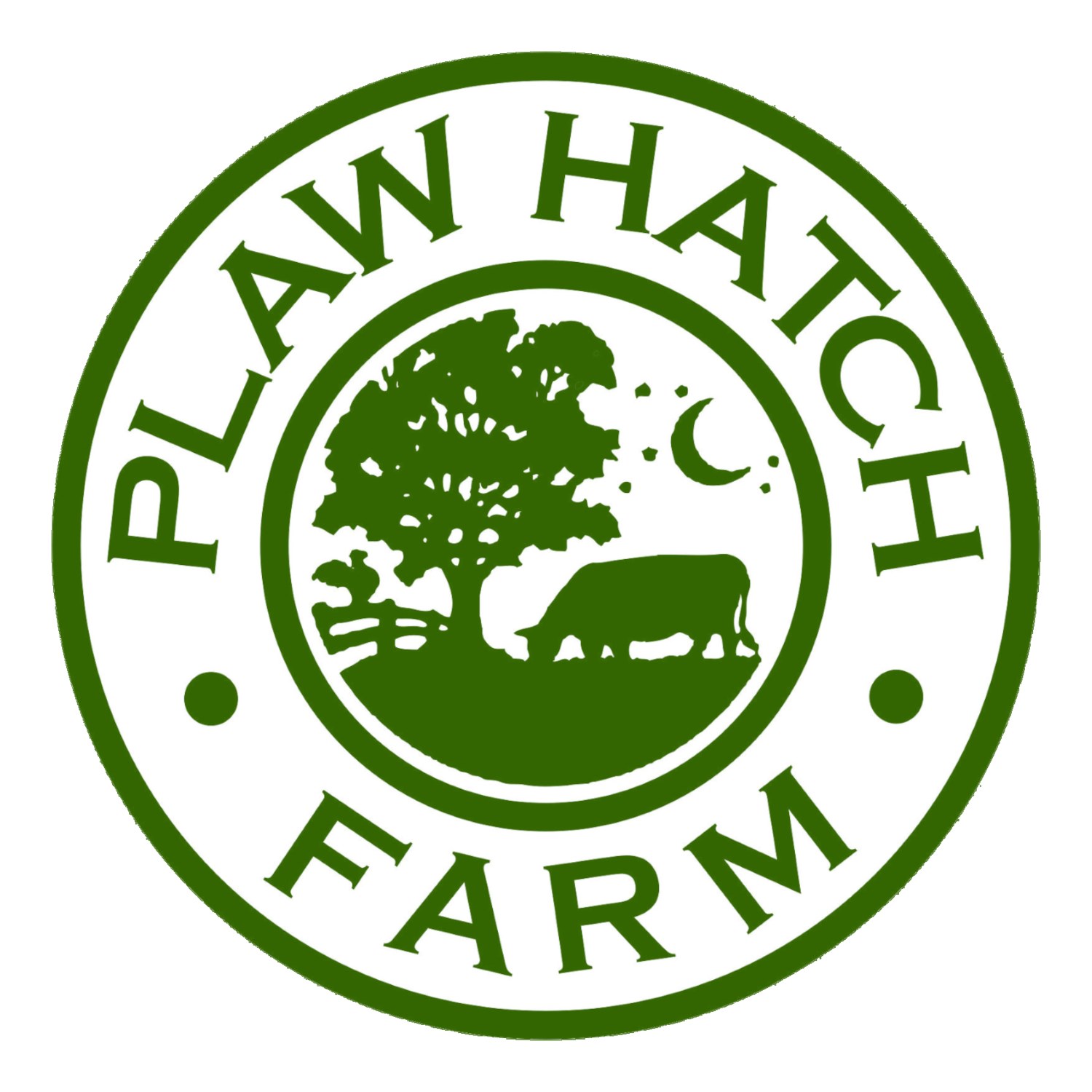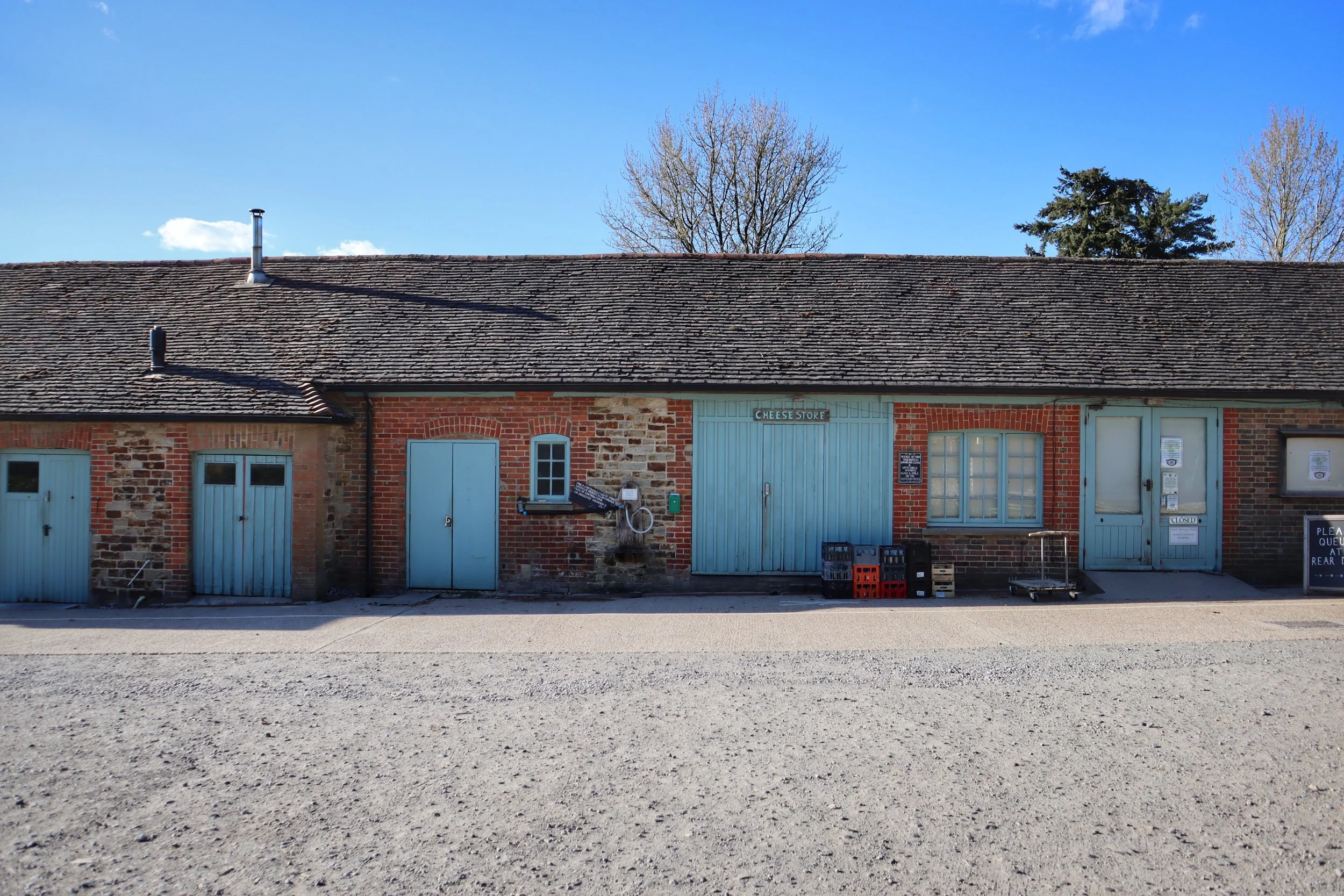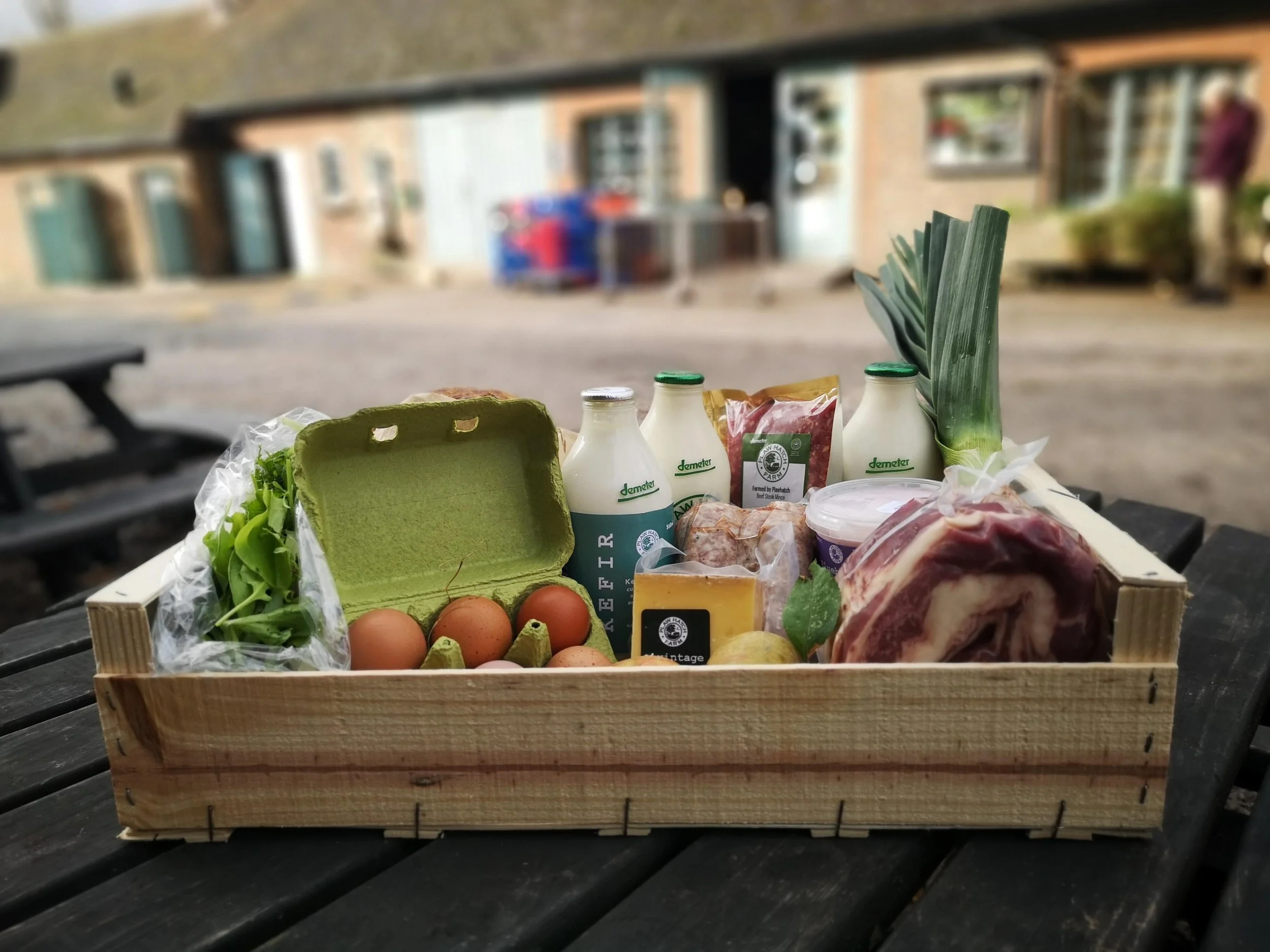Farming nature
Tali Eichner
We are in the business of food, so that is naturally what a lot of the discussion around farming revolves around, but it could also be seen that we are farming nature. I find I have a little reaction to that phrase, as farming has come to have connotations of exploitation, but traditionally - and as we see our roles at Plaw Hatch - farming means stewardship and nurturing. Just as we are responsible for care of the soil, crops, animals and people that are part of our farm organism, we are stewards of the wildlife we share the land with.
Every decision made in the working life of a farm affects biodiversity, from when and how we cultivate and mow fields to whether dead wood is tidied away or left as a habitat for insects and fungi. Last winter, with the help of some funding from Sussex Lund, a hedgerow was planted along one side of the farm track. On the opposite side the section alongside the garden was also planted, and this winter we are fencing and filling in the gaps in the old hedge alongside glasshouse field. I probably have over a hundred photos on my phone of beetles, solitary bees, bumblebees, butterflies, shieldbugs and ladybirds from this currently small and patchy bit of scrub. This is partly because I walk past it several times daily, but possibly also because in the summer it provides food and shelter for insects at an intersection between different habitats of the farm, i.e. the woods, pastures and garden. Here bats come to hunt at dusk along the line of scrub. Hopefully once the newly planted trees have matured a little it will provide a habitat for more of these, as well as mice, voles and shrews, and a corridor for them to move through the landscape. Robin has also been planting trees in more of the fields, which will provide more shade for the animals in the summer as well as supporting biodiversity.
It’s hard to find time on top of farm work for doing all the conservation projects we’d like, but fortunately sometimes it’s more a matter of not doing. An example is Lower Reclaim field, the one which houses the lagoon. This field has an interesting gradient, being drier at the top where wildflowers grow and very wet from underground springs further down which favours juncus (commonly known as rushes). This makes it a difficult field to work, and it has had little management for some time, but we have now taken the decision to leave it mostly to wildlife. A little grazing in the autumn allows the annual plants to seed first, reduces the thick tussocks of grass, and hoof divots create micro-habitats for ground-nesting insects, as well as allowing the beef cattle to stay outside for longer. I am enjoying watching what happens over time as nature takes its course. Alder and willow saplings are springing up and last summer the grasshoppers particularly seemed to thrive in the long vegetation and dry weather, and there are enough butterflies to be a distraction (Comma, Red Admiral, Ringlet, Gatekeeper, Large White…). A consistent feature here is the cries of buzzards by day and tawny owls by night. Another example of the benefits of not doing are the increasingly less common arable weeds that pop up in areas of disturbed soil that are then left unmown and ungrazed, such as corn spurrey, cut-leaved dead nettle and common cudweed.
In September I watched a very good talk by Dr. Jane Memmott, Chair of the British Ecological Society and a pollinator expert. I was struck at one point when she said, “If you’re trying to look for queen bumblebees you don’t really bother looking in farmland.” I was surprised and saddened to hear that. However, with a quick mental tally I was happy to realise that last year, without specifically looking for them, I saw 6 of the 7 common UK bumblebee species around the farm, including many queens and two nests (in fact serendipitously as I wrote this sentence a queen buff-tailed bumblebee flew past the window!)
I hope you are able to come for a walk on the farm and enjoy the nature we try to nurture and the variety there is through the seasons, and if you’d like to share anything you’ve seen I’d love to hear about it.

























